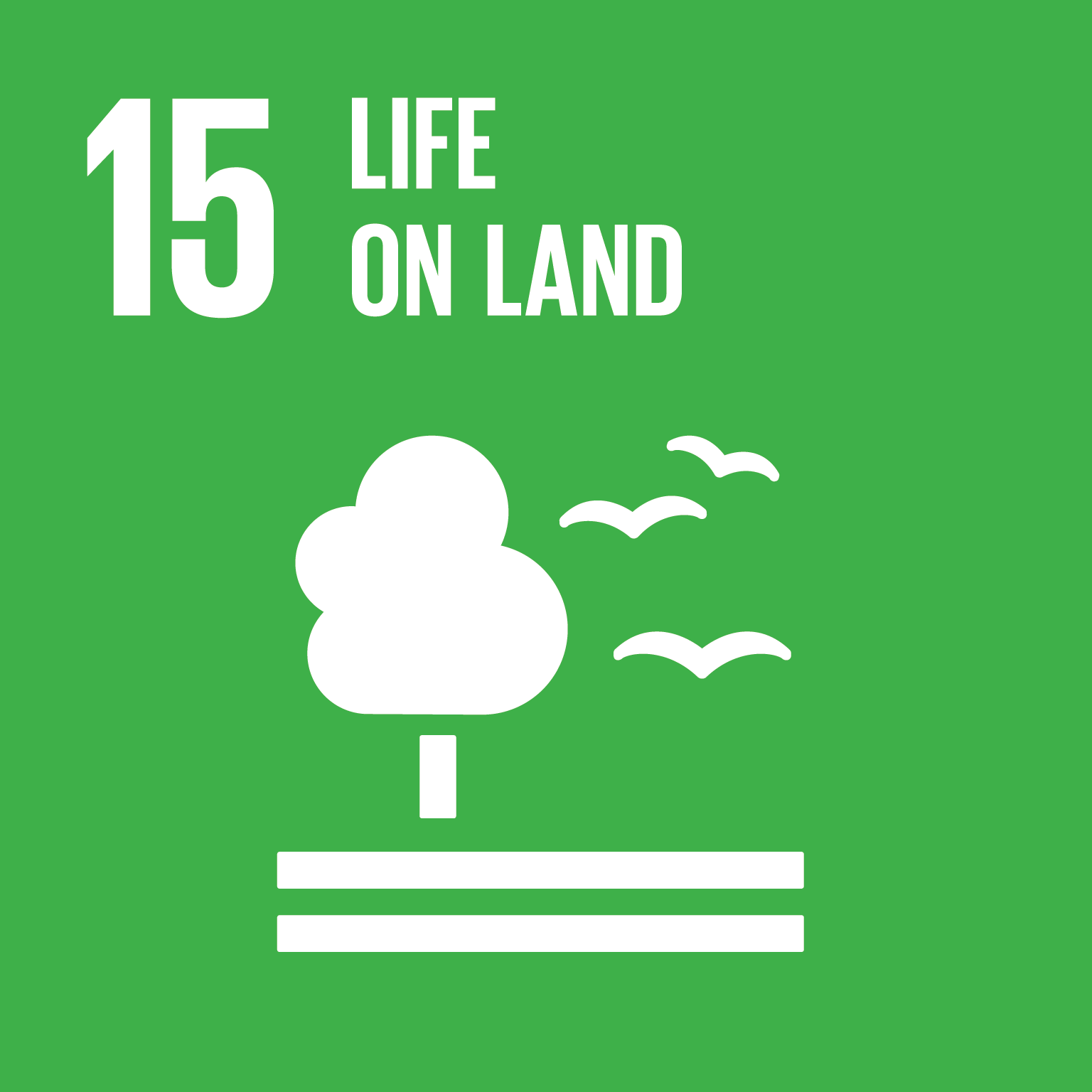Description
Plant Trees for Tigers and contribute for conservation of wildlife and biodiversity. You will get an eTreeCertificate™ with a unique tree identification number and you can locate the project on the Grow Tree’s website.
Project is implemented in 2 parts, one part in the area between Satjeli Bazar to Mitrabari Khey Ghat and the second part in the area between Sukumari Kheya Ghat to Anpur Village at the periphery of Sundarbans National Park, South 24 Parganas, West Bengal, India.
Target – 7.5 Lakh trees, planted 6.29 Lakh trees. Tree species Jat baen (Avicennia officinalis), Kankra (Bruguiera gymnorrhiza), Garjan (Rhizophora apiculata).
Social Impact
The Sundarbans are threatened by various challenges, namely, population pressure, spatial transformation, excessive resource extraction, salinization, sea-level rise, and climate change, thus, making it difficult for it to survive even till 2100 (WWF Report, 2017). Satellite analysis by the Indian Space Research Organisation (ISRO) shows that in the last ten years, 3.7% of the mangrove and other forests in the Sundarbans have disappeared, along with 9,990 hectares of landmass, due to erosion. The project aims to address some of these issues. The tiger forms a very important part of both the ecology and economy of the Sundarbans, providing great economic returns. D. Balasubramanian mentions in his writing, the various functions of a tiger reserve that contributes to ecology, the economy as well as culture and planting the trees contribute to the habitat conservation of the tiger thus contributing to the tiger and other wildlife conservation in the long run. (Balasubramanian, 2017).
Thus, the plantation of mangroves around villages at the Periphery of the Sundarbans National Park directly impacts rural livelihoods by creating jobs in nursery and planting activities, improve fisheries catch, provide flowers, fruit, fodder and fuel to rural communities and wildlife, generate oxygen, reduce carbon dioxide in the atmosphere, fight climate change, and benefit endemic wildlife including the endangered Tiger. Reforestation thus provides ample livelihood opportunities for the people in the buffer area, preventing them from venturing into the forest and minimising chances of conflict and empowerment of the dwellers as a result. Upon maturity, each tree can absorb approximately 20kg of CO2 per year which is considered globally as a conservative estimate for sequestration potential of trees.
(Narayan, Nayantara. ‘The shrinking islands of the world’s largest mangroves have triggered a refugee crisis.’ The Quartz: 18 March 2015: Google. Web).
For any customization in the certificate like gifting, please provide the below details in customer notes while placing order:
Recipient Name:___, Mobile No: ___, Email ID:___, Occasion: ___, Date of Occasion: ___, Date of Delivery: ___





















Reviews
There are no reviews yet.